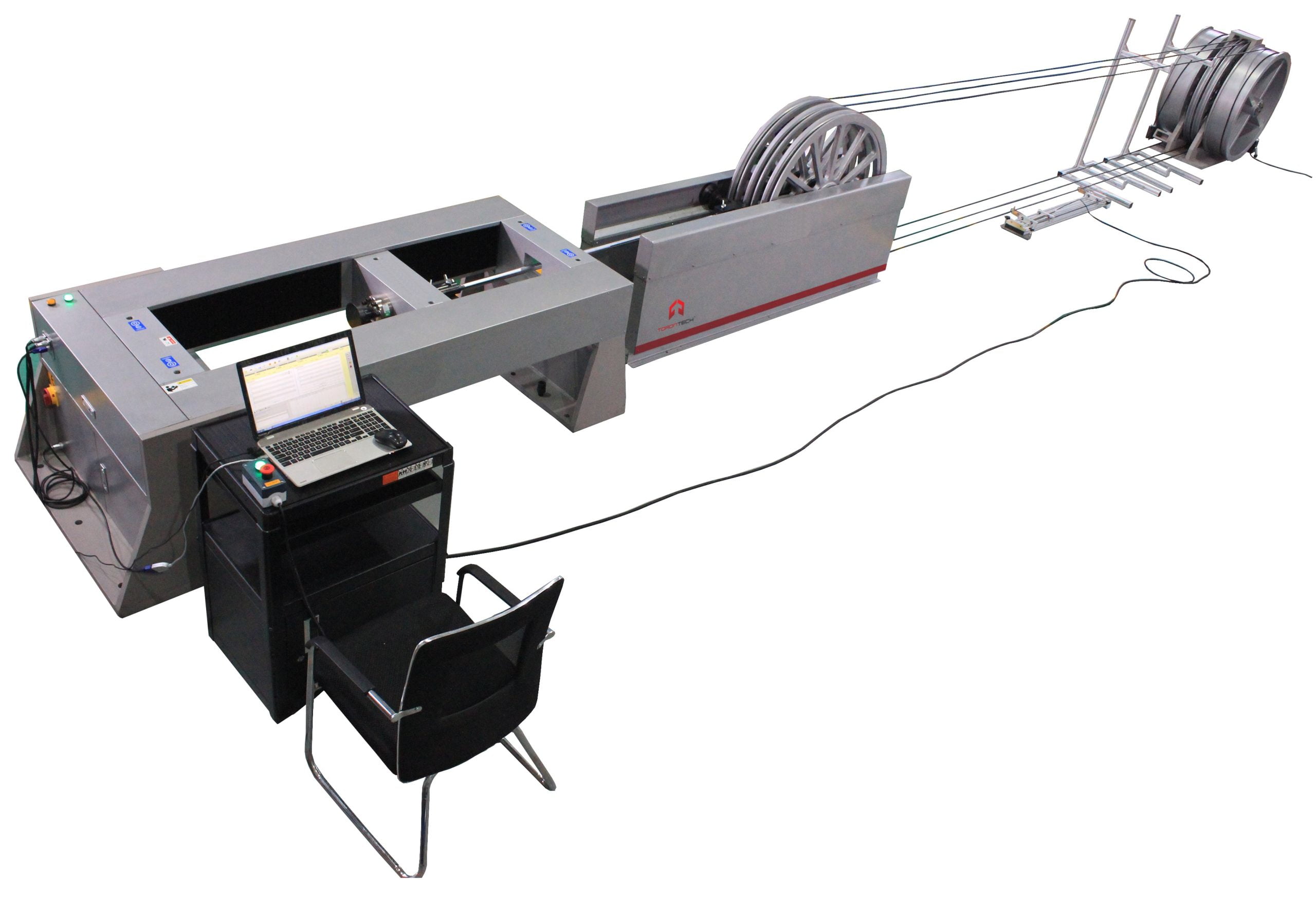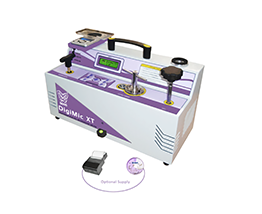All You Required to Learn About Robotic Vision and Its Applications in Advanced Optical Dimension Equipments
Robotic vision represents a significant advancement in the intersection of computer system vision, expert system, and machine learning. This innovation enhances the accuracy of optical measurement systems, enabling real-time data analysis and enhanced high quality control. Its effect covers multiple industries, from producing to health care. The evolving landscape of robot vision elevates questions regarding future capabilities and applications. What technologies lie in advance in this transformative area?
Recognizing Robotic Vision: Key Concepts and Technologies
Robotic vision encompasses the technologies and methodologies that make it possible for devices to interpret and recognize aesthetic info from their atmosphere. This field integrates components of computer vision, synthetic intelligence, and artificial intelligence to facilitate automated decision-making based upon aesthetic data. Trick principles consist of image processing, which involves the enhancement and analysis of pictures to remove meaningful functions, and things recognition, which permits equipments to determine and categorize things within a scene.

The Integration of Robotic Vision With Optical Dimension Solutions
As sectors significantly require precision and efficiency, the integration of robot vision with optical dimension systems has become a transformative technique. This harmony allows robots to view and analyze their surroundings, improving the capacity of optical dimension systems to evaluate and evaluate objects with unequaled precision. By outfitting optical sensing units with sophisticated imaging modern technologies, robotic vision allows real-time data collection and handling, facilitating instant adjustments to measurement criteria.
The combination empowers automated systems to identify variations in dimensions, surface high quality, and placement, which are crucial in high quality control processes. Enhanced algorithms, such as maker discovering, further increase this integration by enhancing the systems' ability to adjust to various atmospheres and circumstances. Consequently, the integration not just improves dimension procedures but likewise minimizes mistakes, ensuring that items satisfy rigorous industry standards, thereby strengthening the duty of robot vision in the future of optical measurement systems.
Applications of Robotic Vision in Manufacturing
In modern-day production environments, using vision systems has changed manufacturing processes by allowing machines to carry out tasks with remarkable precision and speed. Robotic vision systems are significantly used for high quality control, where they check products for problems and guarantee adherence to requirements. These systems utilize video cameras and advanced algorithms to evaluate products in real-time, considerably reducing the threat of human error.
In addition, robotic vision assists in automation in assembly lines, permitting robots to accurately recognize parts and construct them with very little downtime. This technology likewise enhances supply monitoring, as vision systems can check supply levels and discover inconsistencies, ensuring a seamless supply chain.
Moreover, robot vision help in the implementation of clever manufacturing facilities, where information from vision systems can be integrated with other technologies to maximize workflows. In general, the applications of robotic vision in manufacturing show its important duty in enhancing effectiveness, high quality, and productivity across different markets
Robotic Vision in Medical Care: Revolutionizing Client Care

In rehab, robotic vision aids in keeping track of person progression and tailoring therapy sessions to individual needs. It sustains doctor by automating tasks such as information collection and person surveillance, enabling more time to concentrate on direct person interaction. In addition, robotic vision enhances telemedicine by enabling remote diagnosis and digital consultations, linking the void in between individuals and health care carriers. On the whole, the application of robot vision in healthcare is transforming patient care, leading to boosted results, performance, and patient fulfillment.
Future Patterns and Advancements in Robotic Vision Modern Technology
The rapid evolution of robotic vision innovation assures to better enhance its applications across different fields, consisting of healthcare. Future trends indicate a substantial change towards integrating expert system and artificial why not look here intelligence, allowing systems to gain from huge datasets and boost accuracy with time. Improved sensing unit technologies and deep understanding algorithms are expected to improve things recognition abilities, permitting robots to translate intricate environments a lot more properly.

The assimilation of increased fact (AR) with robotic vision will likely revolutionize exactly how robots assist in surgical procedures and diagnostics. why not find out more This synergy will facilitate real-time data visualization, improving decision-making processes. Furthermore, miniaturization of parts will result in even more portable and functional robot vision systems ideal for a selection of jobs. As these advancements unfold, markets will witness raised automation and performance, solidifying robot vision as a keystone of cutting-edge technological remedies.
Often Asked Questions
What Are the Key Components of a Robot Vision System?
The main parts of a robotic vision system consist of cams for image capture, processors for information analysis, algorithms for interpretation, and actuators for activity. Together, these elements allow robots to view and communicate with their atmosphere effectively.
Exactly How Does Robotic Vision Improve Precision in Measurements?
Robotic vision improves dimension precision by using sophisticated imaging technologies, making it possible for precise things detection and spatial analysis. This capacity minimizes human error, raises repeatability, and permits real-time modifications, ultimately boosting general measurement integrity and efficiency.
What Industries Advantage Most From Robotic Vision Modern Technology?
Various sectors benefit substantially from robotic vision modern technology, including manufacturing, health care, farming, and logistics. These industries make use of boosted accuracy, performance, and automation, leading to enhanced productivity and decreased operational prices in their respective processes.
Can Robotic Vision Solutions Operate In Low-Light Issues?
Robotic vision systems can without a doubt function in low-light conditions, using advanced sensors and formulas to boost image clearness. This ability enables them to execute efficiently in numerous environments, including industrial and surveillance applications, despite marginal illumination.
What Are the Costs Connected With Applying Robotic Vision?
The prices connected with executing robotic vision differ substantially, influenced by parts such as electronic cameras, software program, and combination. Additional expenditures consist of maintenance, training find out here workers, and possible upgrades to existing systems, which can collect gradually.